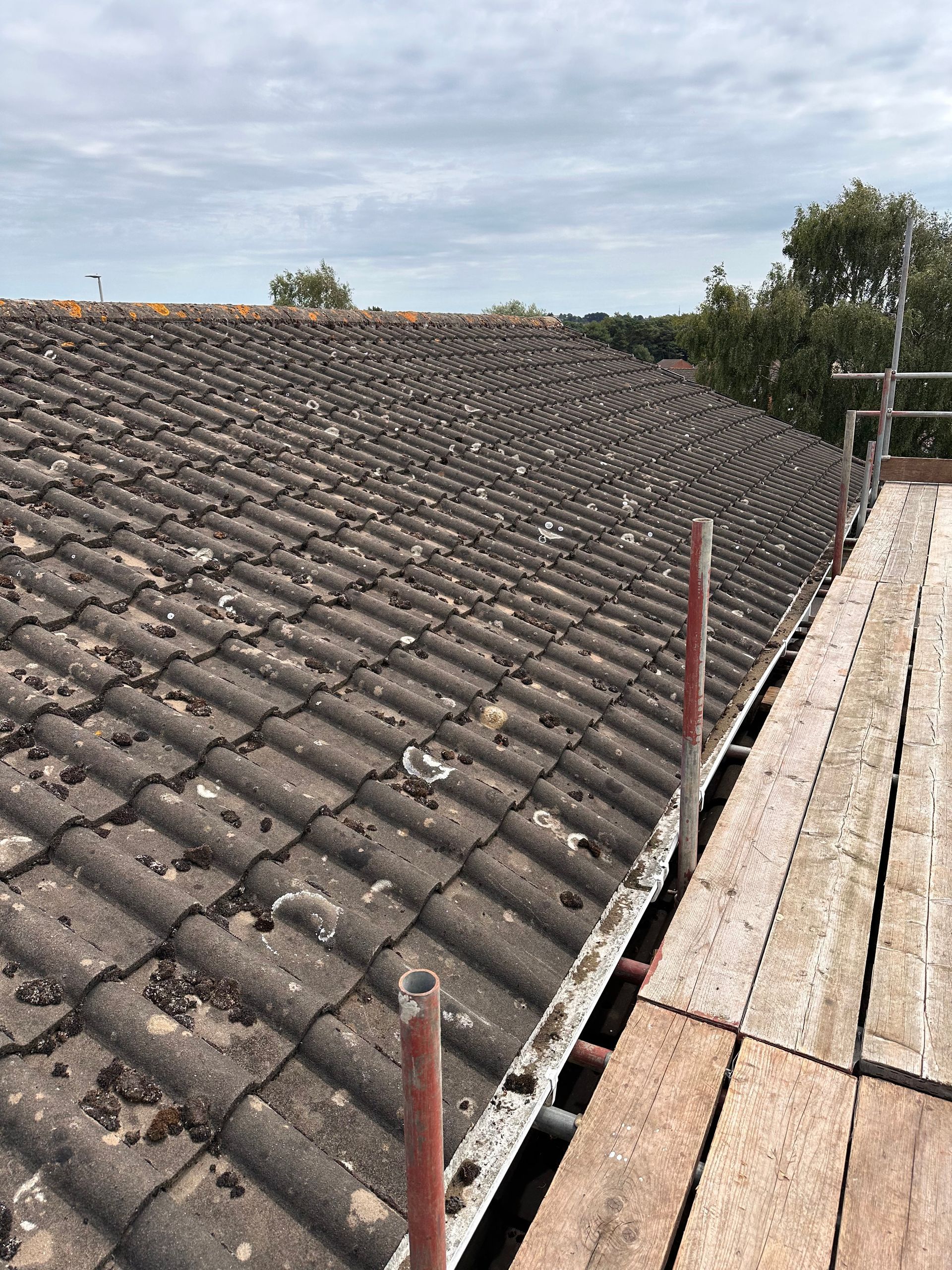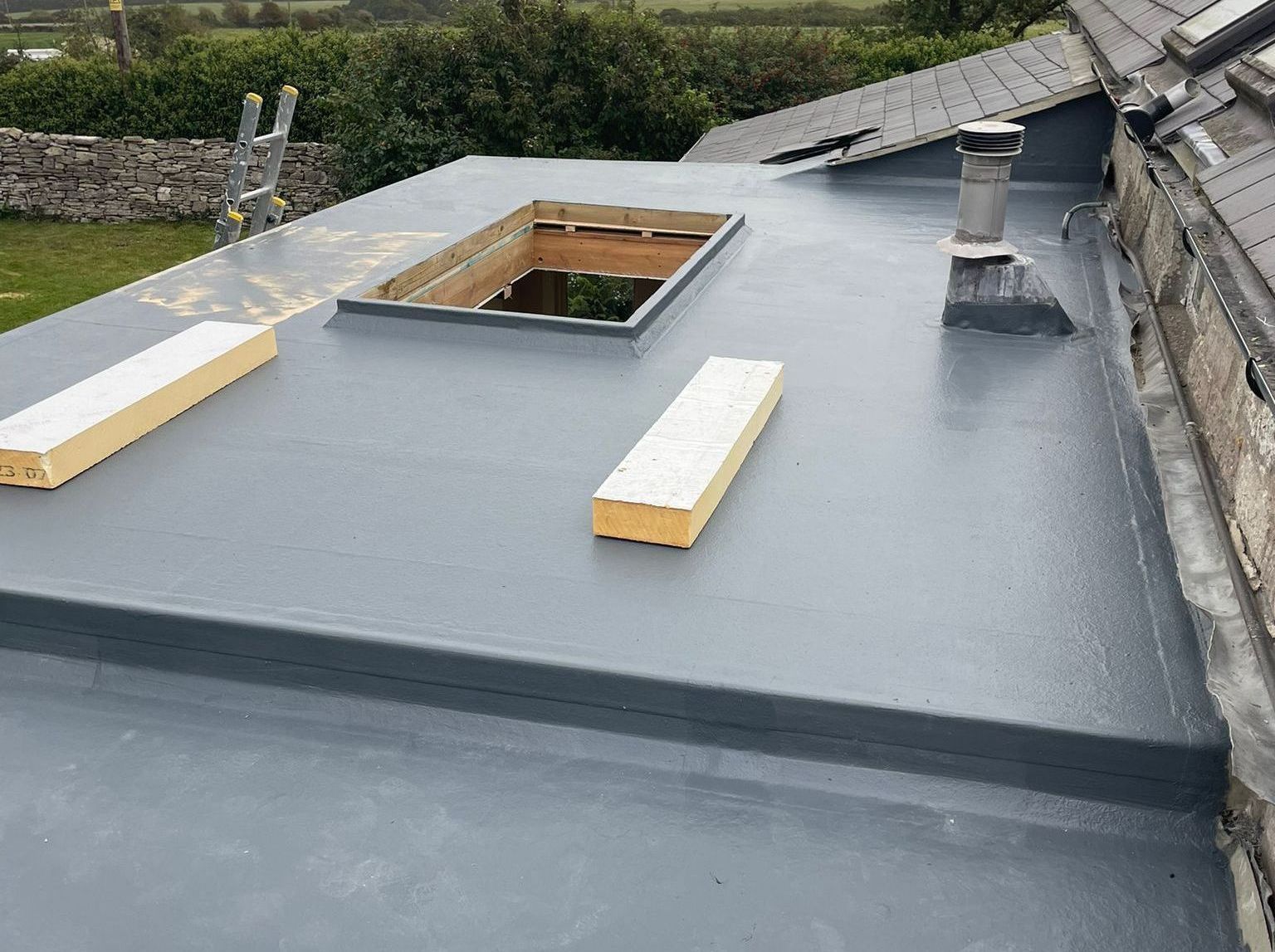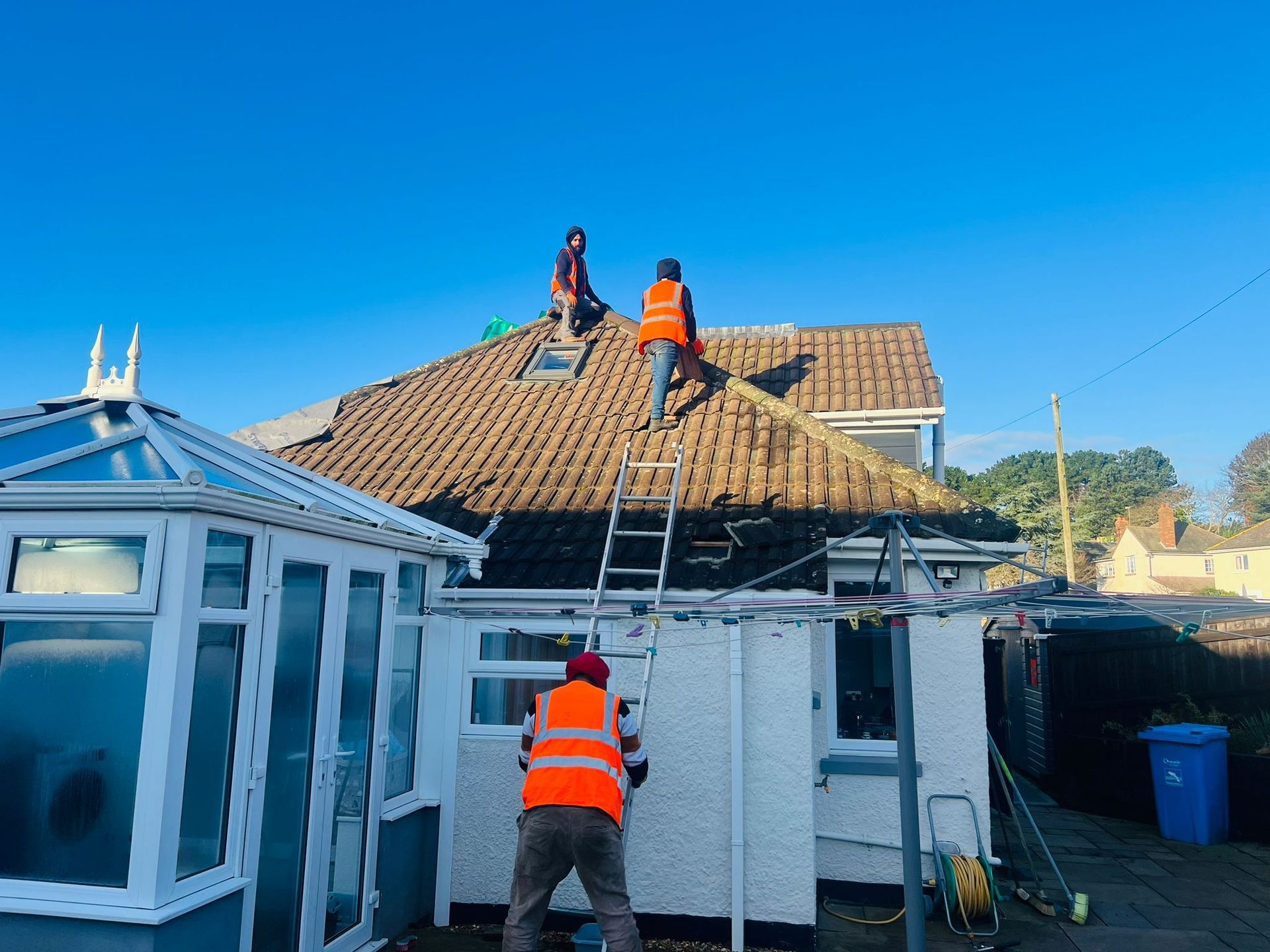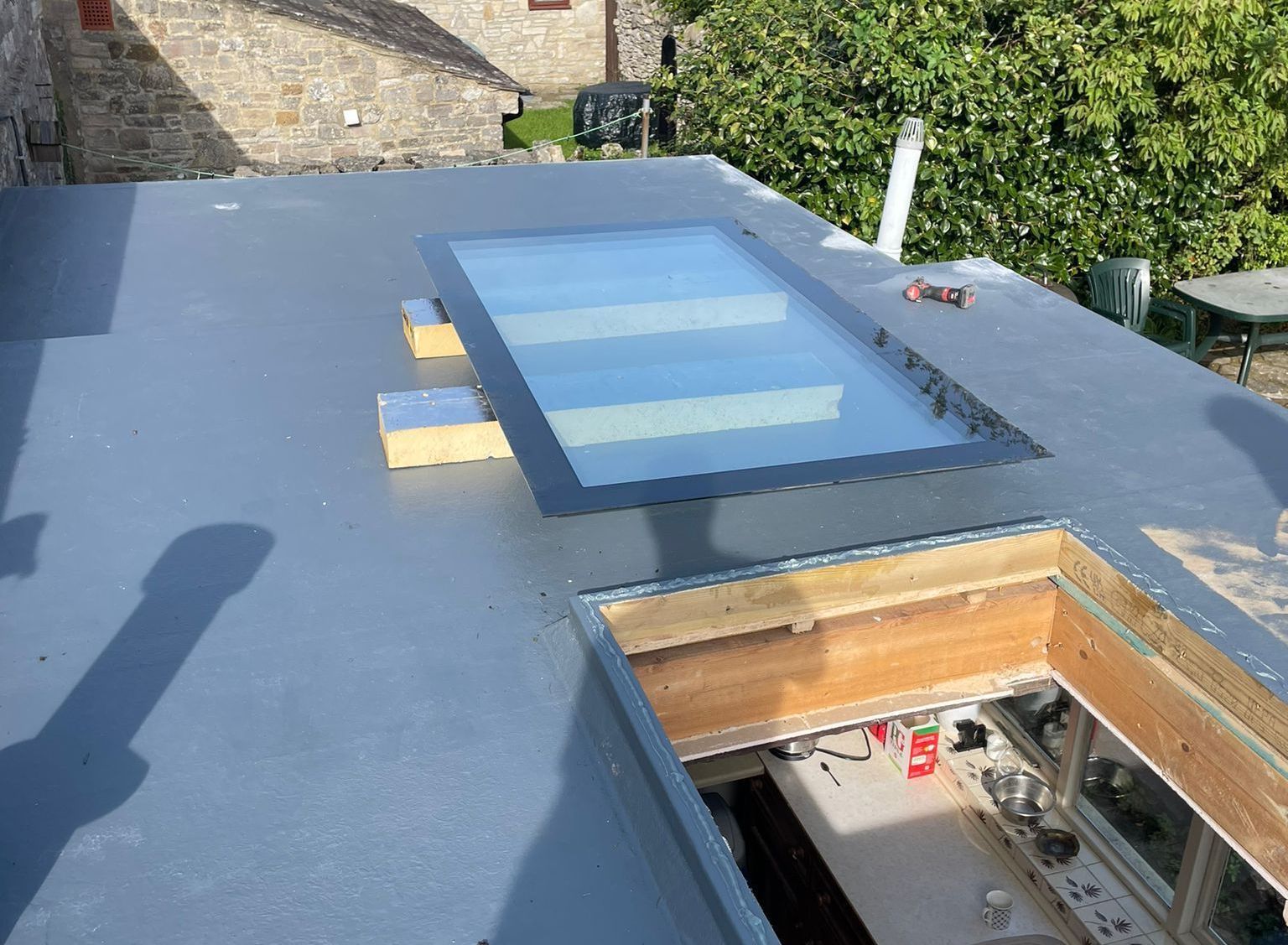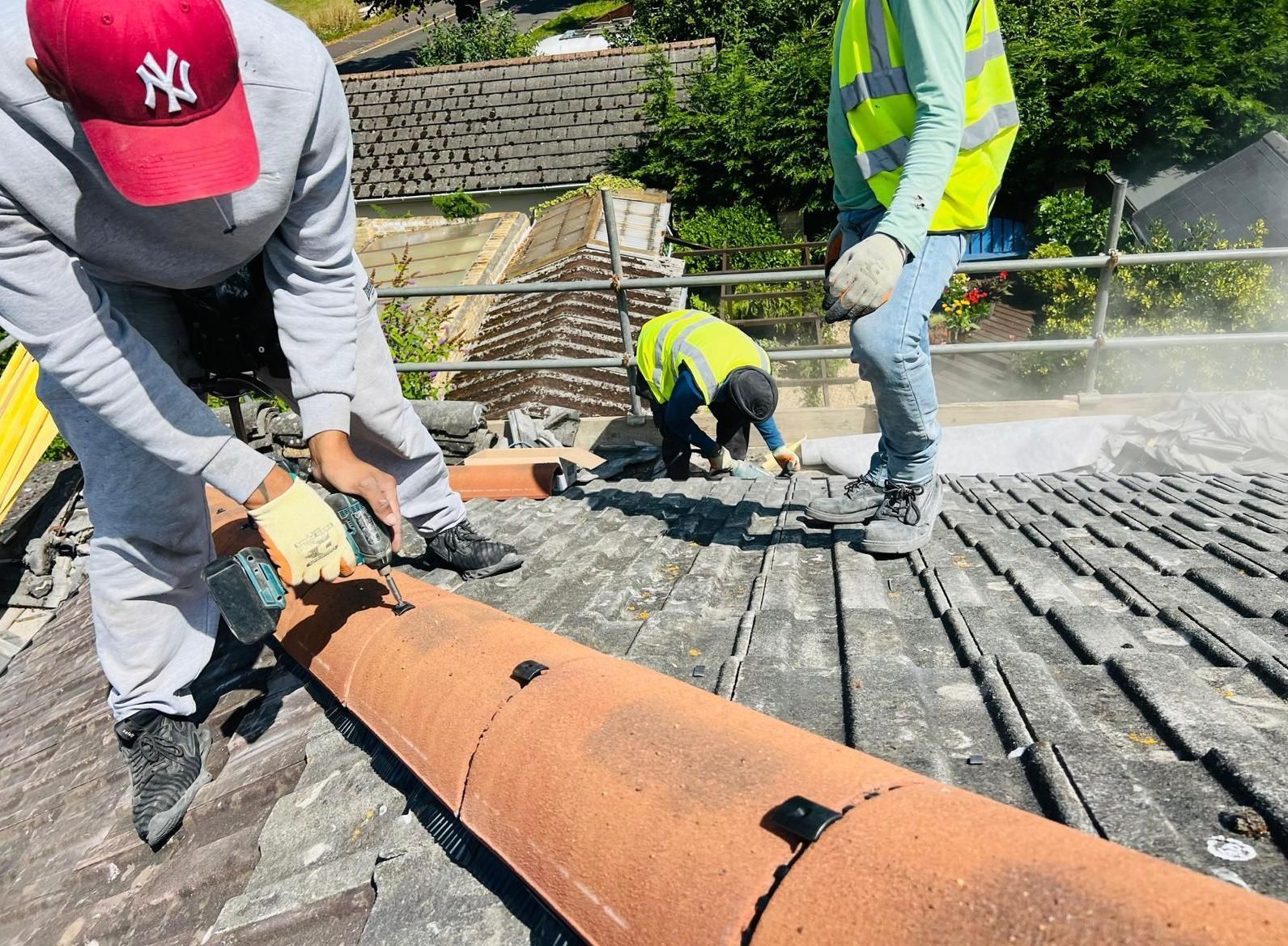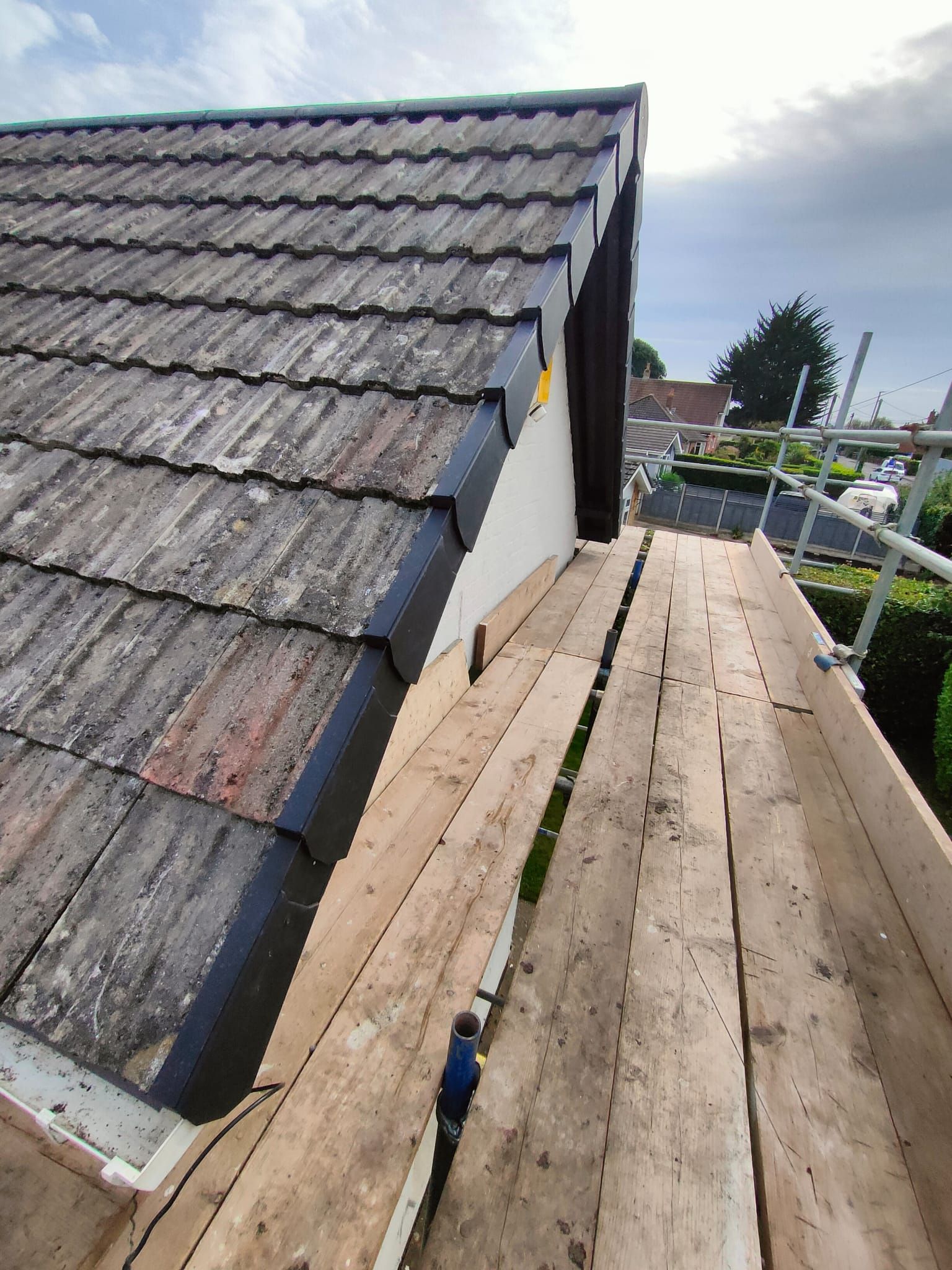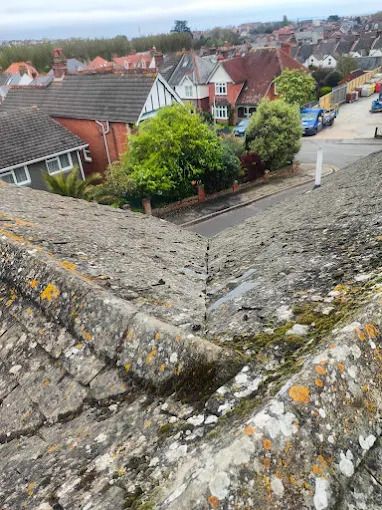How Roof Ventilation Can Save You Money on Energy Bills
With the cost of living on the rise, homeowners across the UK are looking for smarter ways to reduce their energy bills. While insulation and double glazing often take centre stage, one crucial aspect that is frequently overlooked is roof ventilation. A well-ventilated roof can significantly lower energy costs, improve indoor comfort and even extend the lifespan of your roofing materials.
What you can expect from this short read. Learn how roof ventilation works, its impact on energy efficiency, and how investing in proper ventilation can help you save money in both summer and winter. Whether you’re looking to upgrade your current roofing system or simply maximise your home’s energy efficiency, this guide will provide all the information you need.
What is Roof Ventilation and Why is it Important?
Roof ventilation refers to the system of air circulation within your roof space, allowing air to flow in and out naturally. The right ventilation system ensures a balanced air exchange, preventing moisture build-up, excessive heat accumulation, and mould growth.
"Proper roof ventilation is not just about keeping your home comfortable; it's about protecting your investment."
Without proper ventilation, heat and moisture can become trapped in the loft or roof cavity, leading to:
- Higher energy bills from increased heating and cooling demands
- Condensation problems, leading to damp and timber rot
- Reduced lifespan of roofing materials, including roof tiles and underlayment
- A stuffy and uncomfortable indoor environment
By introducing adequate ventilation, homeowners can mitigate these issues, improve roof longevity, and enhance overall energy efficiency.
How Roof Ventilation Saves Money on Energy Bills
1. Reducing Cooling Costs in Summer
During the summer months, Bournemouth is like a sun trap, which is why tourists flock there for the summer months. During this time, the intense sunlight means that heat accumulates in the loft space, causing indoor temperatures to rise. Without proper ventilation, this heat remains trapped, leading to increased reliance on fans and air conditioning systems.
A well-ventilated roof allows hot air to escape, maintaining a cooler loft and reducing overall indoor temperatures. This means:
- Less strain on cooling appliances
- Reduced need for artificial cooling methods
- Lower electricity consumption
"Effective loft ventilation is paramount, not merely for occupant comfort, but for the preservation of the property's structural integrity. Inadequate ventilation precipitates moisture accumulation, fostering dampness, timber decay, and a diminished roof lifespan, alongside increased energy consumption."
By improving loft ventilation, homeowners in warmer UK regions can cut cooling costs by as much as 15%, according to the
Energy Saving Trust.
2. Preventing Heat Loss in Winter
While ventilation helps remove excess heat in summer, it also plays a vital role in preserving warmth during winter. Poor ventilation can lead to condensation in the roof space, which results in damp insulation. When insulation becomes damp, it loses its ability to retain heat, forcing your heating system to work harder to maintain indoor temperatures.
Proper ventilation in conjunction with good-quality loft insulation can:
- Keep insulation materials dry and effective
- Reduce heat loss through the roof
- Improve energy efficiency without increasing heating costs
By allowing regulated airflow, your home retains warmth more efficiently, reducing the need to constantly adjust your thermostat.
Signs Your Roof May Have Poor Ventilation
If you’re experiencing high energy bills in summer and winter or persistent damp problems, inadequate roof ventilation may be the culprit. Here are some common signs that your roof needs better airflow:
- Ice dam formation – If snow melts unevenly on your roof and re-freezes at the edges, your loft may be suffering from poor airflow.
- Condensation in the loft – If you notice damp patches or moisture build-up in your roof space, inadequate ventilation may be to blame.
- Overheating in summer – A loft that feels excessively hot during summer months may indicate restricted airflow.
- Musty odours or mould growth – Persistent dampness often leads to mould development, causing a musty smell in your home.
- Warped or damaged roofing materials – Excess moisture can weaken timber supports and underlayment, reducing the lifespan of your roof.
Best Roof Ventilation Systems for UK Homes
There are several types of roof ventilation systems to choose from, depending on your home’s structure and climate requirements. Here are the most effective and energy-saving options:
Soffit Vents
Soffit vents are commonly installed beneath the eaves of a roof, allowing cool, fresh air to enter the loft space. When paired with ridge vents, they create a continuous airflow system that helps regulate roof temperature.
Benefits:
- Prevents moisture build-up
- Effectively regulates loft temperature in all seasons
- Works well with most pitched roof designs
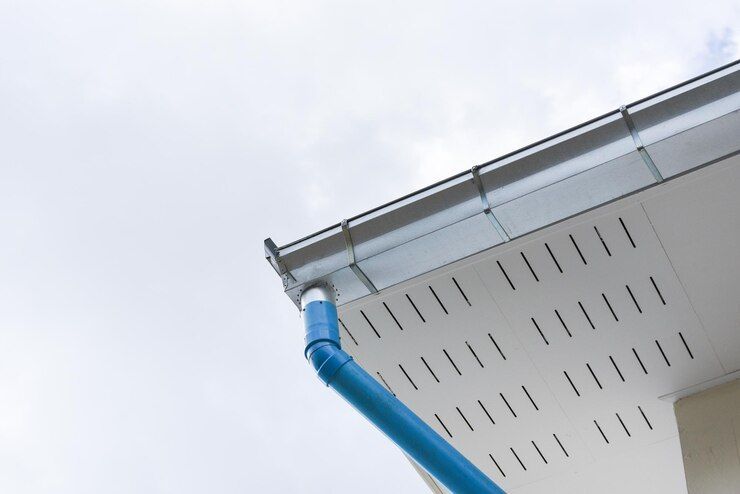
Ridge Vents
Ridge vents are installed along the peak of a roof, allowing warm air to escape while encouraging cool air to circulate through soffit vents. This system creates a natural convection current that improves ventilation across the entire roof.
Benefits:
- Ideal for reducing heat accumulation in warmer months
- Works passively (no electricity required)
- Extends roof lifespan by preventing excess moisture
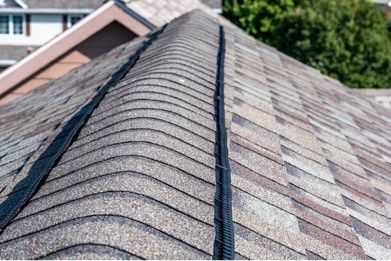
Tile Vents
Tile vents are a great retrofit option, especially in older homes where additional ventilation is required. These discreet vents replace standard roof tiles and provide airflow without compromising the aesthetic of your home.
Benefits:
- Provides extra ventilation without major roof modifications
- Can be installed on both pitched and flat roofs
- Prevents excessive condensation in colder months
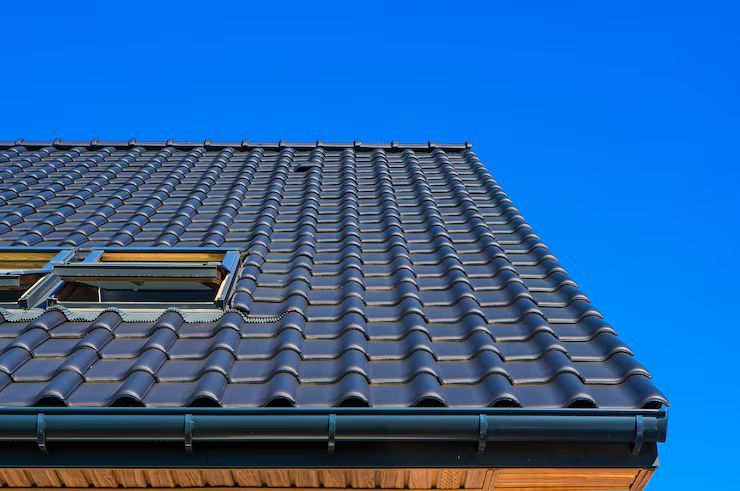
Roof Turbine Vents
For homes in areas prone to moisture build-up, wind-powered roof turbines can be an excellent solution. These vents utilise wind power to pull hot, humid air out of the loft space, preventing condensation and excessive heat accumulation.
Benefits:
- Energy-efficient (powered by wind movement)
- Reduces humidity levels in humid conditions
- Ideal for homes with limited ventilation options
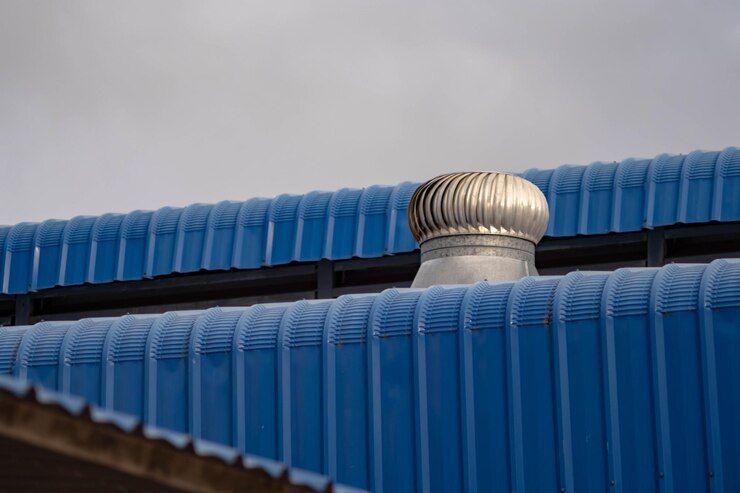
For a comprehensive understanding of roof ventilation, including various methods and best practices, you can refer to this essential guide:
Essential Guide to Roof Ventilation.
How CC Roofing and Construction Can Help
At CC Roofing and Construction, we specialise in expert roofing solutions, including roof ventilation installations that improve energy efficiency and lower energy bills. With years of experience working with homeowners across the UK, we understand the importance of a well-ventilated and insulated roof.
Our Services Include:
- Roof assessments to identify ventilation issues
- Installation of soffit vents, ridge vents, and tile vents
- Bespoke ventilation solutions tailored to your roof type
- Maintenance and repairs to keep your ventilation system effective
By ensuring your roof is properly ventilated, we help you maximise comfort, protect your home’s structure, and save money on energy bills.
Time to Vent
Investing in proper roof ventilation is a simple yet effective way to lower energy costs, prevent heat loss, and maintain a comfortable indoor environment. Whether you’re looking to upgrade your ventilation system or fix existing ventilation problems, addressing this key aspect of home efficiency can lead to long-term savings and improved roof longevity.
If you suspect poor ventilation is causing rising energy bills, contact CC Roofing and Construction today. Our team of experts can conduct a free roof assessment on properties across Bournemouth and Dorset and recommend tailored ventilation solutions to keep your home energy-efficient year-round.
Get in touch with us today and discover how the right roof ventilation can save you money on your energy bills!
